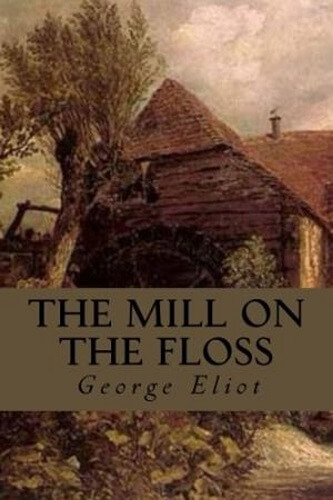The Mill On The Floss book, theme, short summary, analysis and sparknotes. Info about the The Mill On The Floss book.

The Mill On The Floss; a novel by George Eliot, published in 1860. The scene of the story is 19th century England.
Tom and Maggie Tulliver are the children of the miller of Dorlcote Mill, near St. Ogg’s on the river Floss. Tom is unimaginative, domineering, and self-righteous; Maggie is intelligent, sensitive, and something of a tomboy. She yearns for fellowship with her brother, but is usually repulsed. In Philip Wakem, the hunchback son of a local lawyer, she finds the intellectual and emotional understanding she needs. But her father, a headstrong and ignorant man, starts an ill-advised lawsuit over water rights, in which Philip’s father represents the other side. Tulliver loses, and is bankrupted. Blaming all his misfortunes on Wakem, he forbids Maggie to have any further association with Philip. Tom concurs in his father’s admonition, and Maggie obeys meekly.
After several years of struggle the Tullivers clear all their debts. Just when it seems that Maggie may look forward to some happiness, a brief infatuation with Stephen Guest, flaneé of her cousin, Lucy Deane, involves her in a highly compromising, though actually innocent, situation. St. Ogg’s society condemns her, and Tom disowns her. But when the Floss rises in flood, Maggie, at peril of her life, saves Tom from the mill just before it’ is washed away. Tom at last recognizes his sister’s worth, but almost in the moment of recognition their boat is overturned and both are drowned.
The ending is artificial and unconvincing, as are many of Maggie’s sufferings. For a girl as intelligent and courageous as Maggie is represented to be, she is browbeaten too easily and too often. The best parts of the story are the brilliant studies of provincial types, such as Bob Jakin, the shrewd young packman, and the whole family album of Maggie’s aunts and uncles, who have little to do with the main action. Maggie, like most of George Eliot’s heroines, is an idealized self-portrait; her struggles for an education, and her relations with a narrow-minded and uncomprehending brother, are almost literal autobiography.